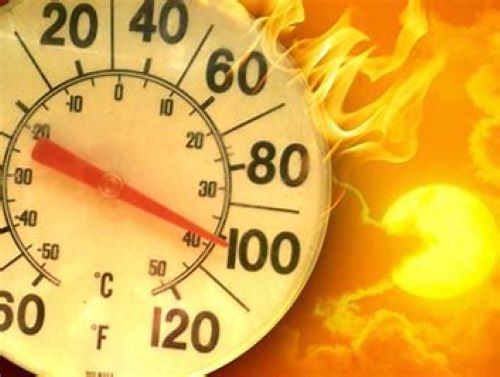“Water-related hazards continue to cause major devastation this year,” WMO Secretary-General Celeste Saulo said on Thursday, citing monsoon flooding in Pakistan, floods in South Sudan, and deadly flash floods in Bali as recent examples. “Unfortunately, we see no end to this trend.”
The UN World Meteorological Organization (WMO) has warned that floods and storms will intensify as global warming continues, placing increasing pressure on the world’s water resources.
The WMO report revealed that 2024 was the hottest year in 175 years of observation, with global average surface temperature 1.55°C above pre-industrial levels. Glaciers lost 450 gigatonnes of ice—enough to raise global sea levels by 1.2 millimetres, heightening flood risks for millions in coastal areas.
The report also highlighted the need for improved monitoring of streamflow, groundwater, soil moisture, and water quality, noting that gaps in data limit preparedness for climate-driven emergencies.
WMO experts cautioned that extreme floods once expected to occur only every 100 years are becoming more frequent, with devastating impacts across Europe, Africa, and Asia.
One of the agency’s key messages was that disruptions to the water cycle in one region inevitably affect others, underscoring the urgency of global cooperation.


